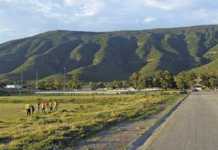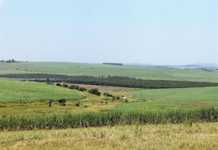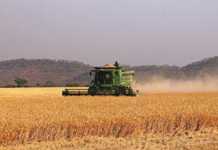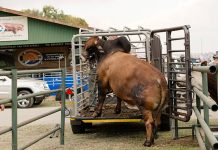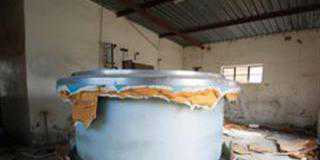
How has 2013 treated your business?
This year was our second successive very dry year, and yields were very disappointing. But we achieved significant progress in some areas such as our no-till experimental plantings and trials with new groundnut varieties.
Which challenges will the grain industry face in 2014?
The single biggest challenge is land reform. Government’s attempts to establish developing farmers have had very little success. Grain SA’s farmer development programme has, however, shown significant progress. Support for Grain SA should be greatly increased to add impetus to the establishment of viable developing farmers.
Other challenges are the enormous economic pressure experienced by low income consumers and the decline in government sponsored research. For example, there have been very few new groundnut varieties produced by the ARC in the past 20 years, which has had a negative impact on the industry.
How do you plan to manage these challenges?
We will adopt a conservative approach to our yield targets, and contain expenses where possible. We are expanding our no-till area and further upgrading of our planting equipment will enable us to adapt plant stand and fertiliser applications more accurately to improve yield. We planted a 50ha no-till maize, soya bean and groundnut trial and plan to extend the acreage next season.
We will also continue crop rotation to spread our risk, and utilise hedging on Safex to protect us from major declines in maize and sunflower prices. For the past 30 years seed companies have run cultivar trials on our land, helping us make informed choices. We also run a range of fertiliser trials.


